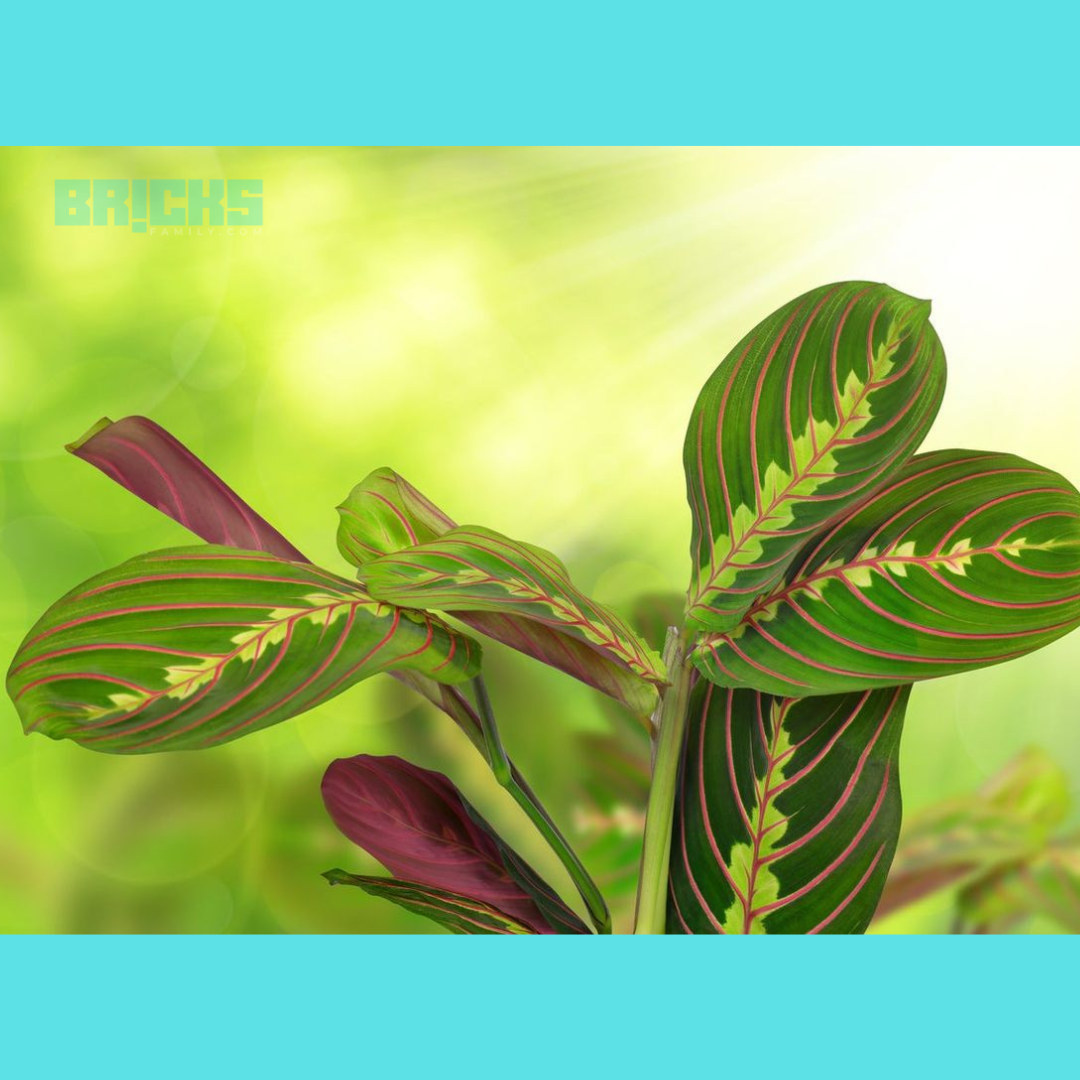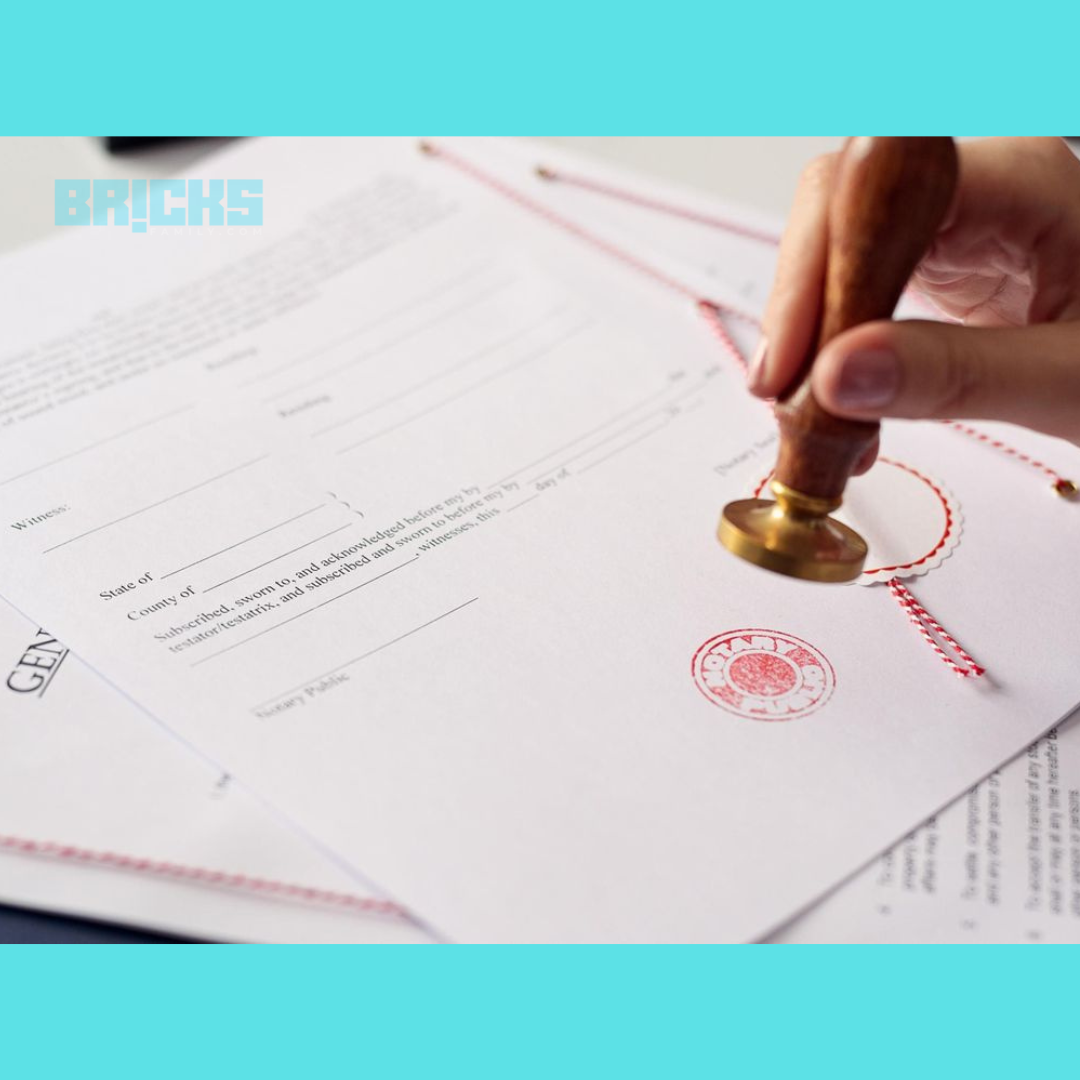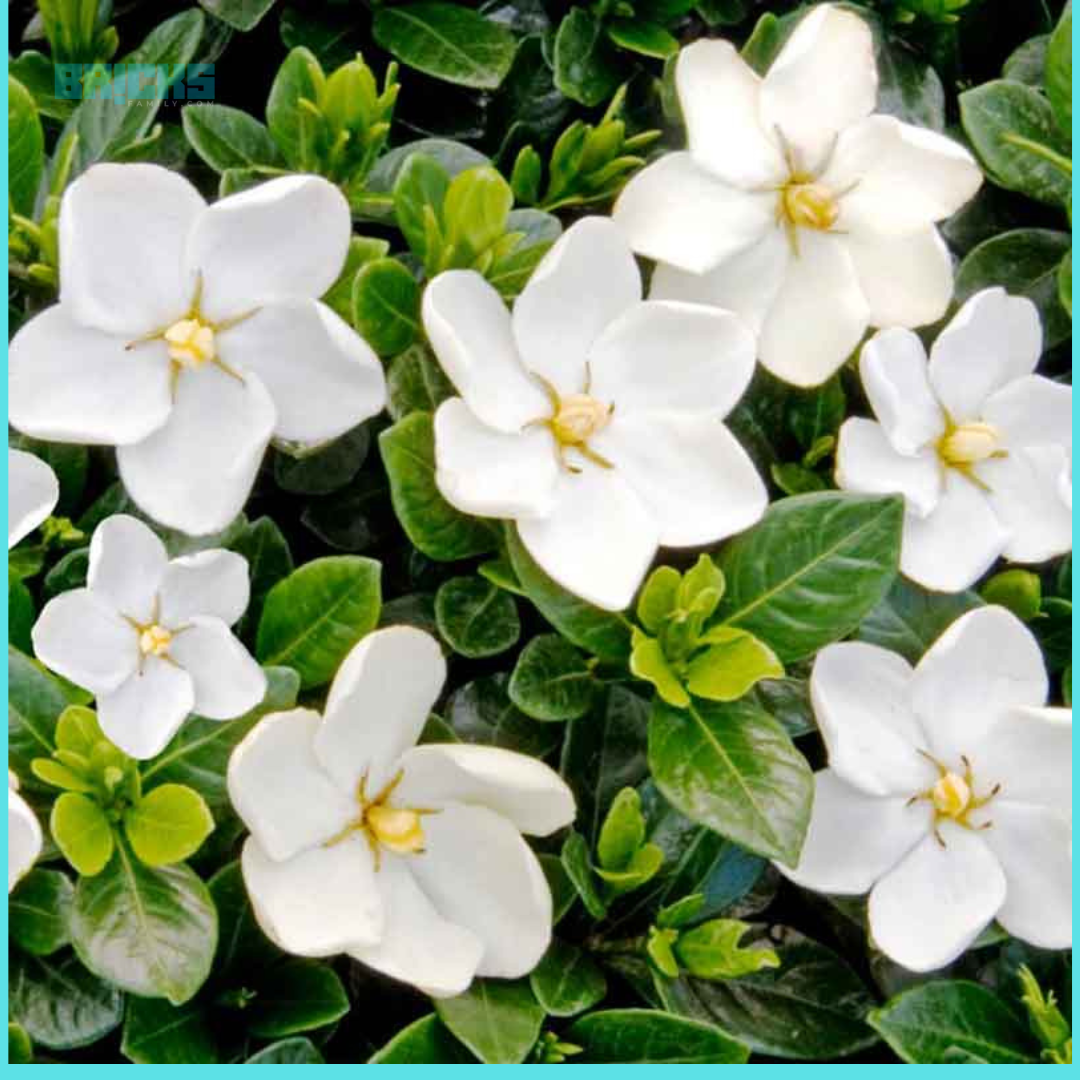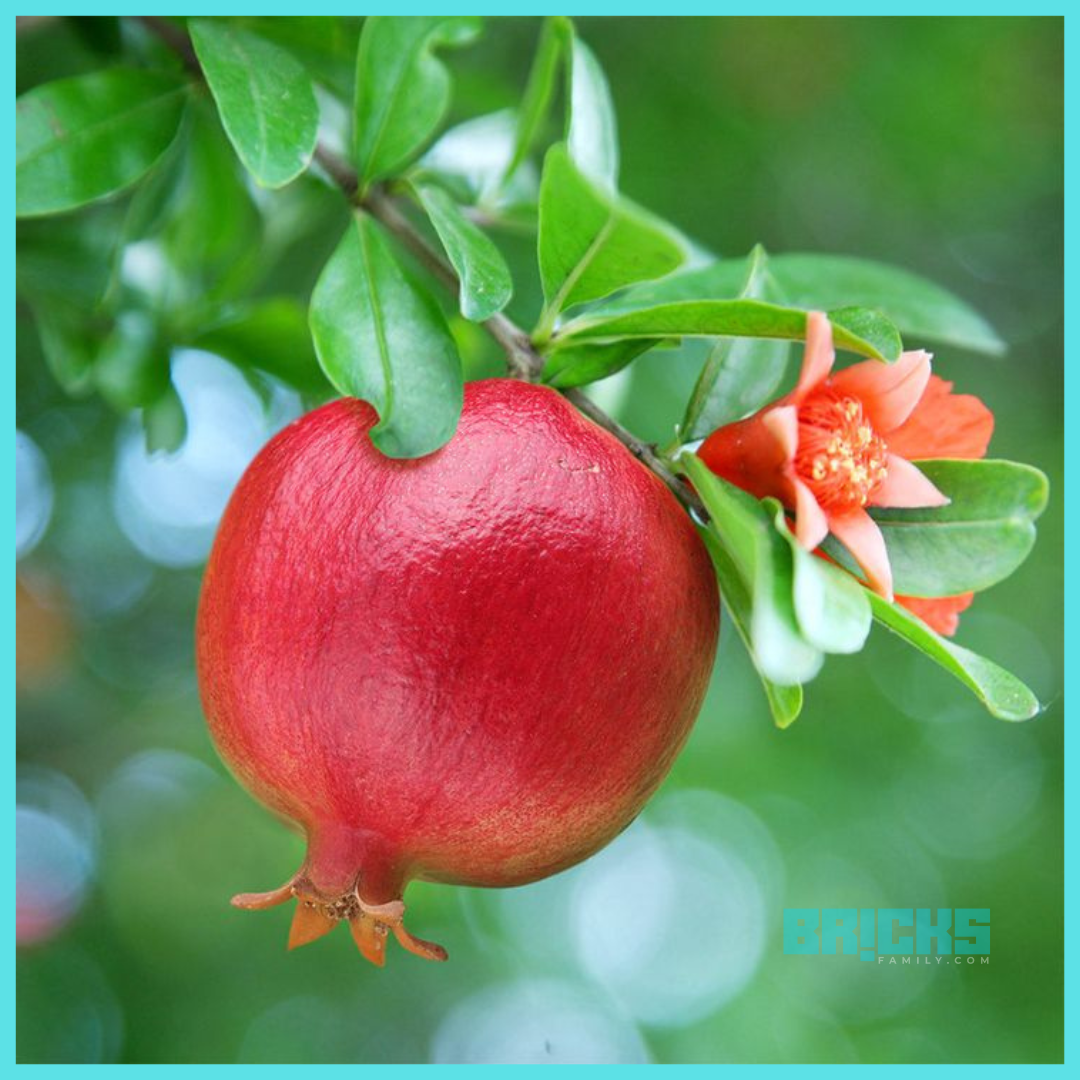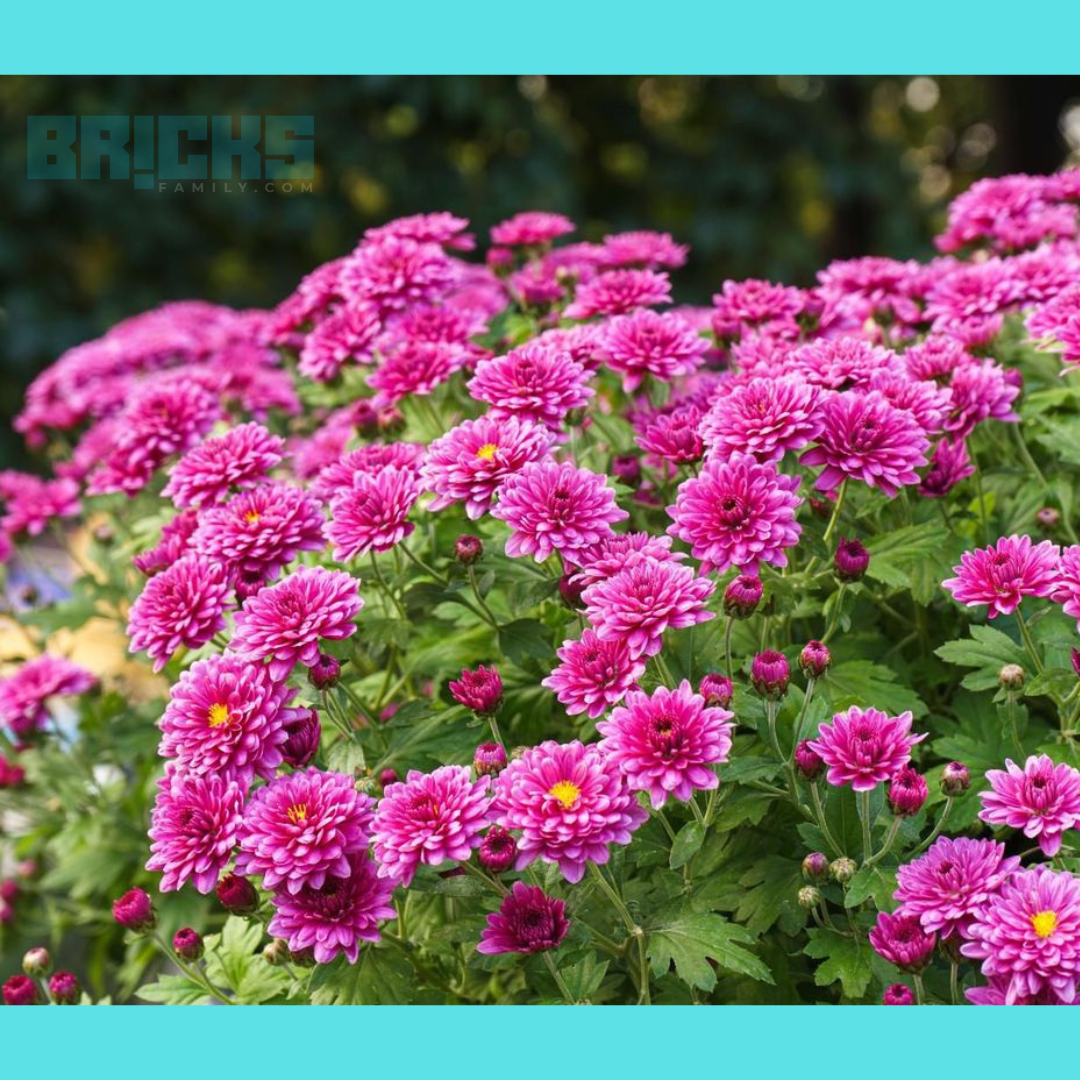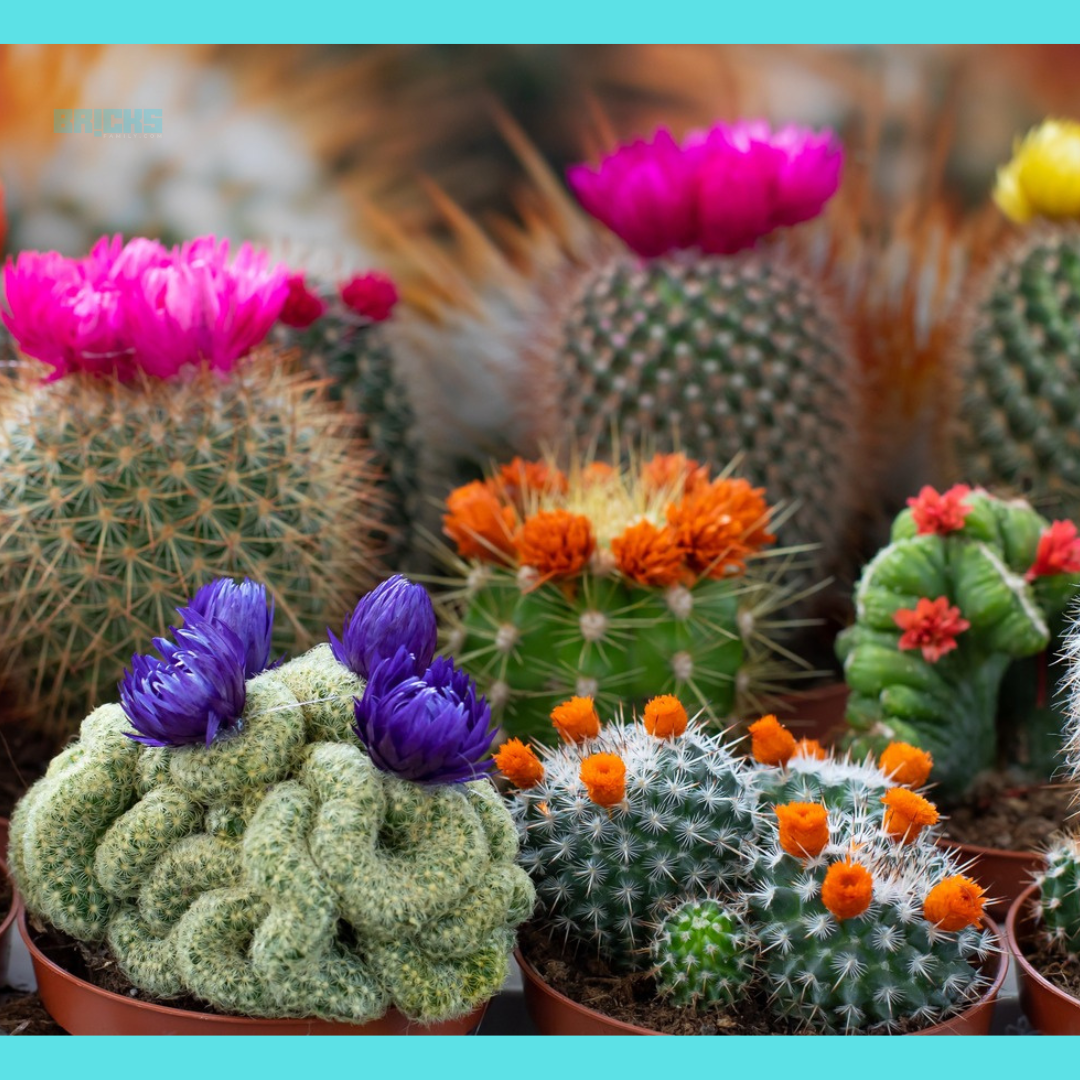With its enormous glossy leaves and tree-like form, the rubber plant is a beautiful addition to any indoor or outdoor setting. Take it home and enjoy the beauty of this lovely treat!
Exists the ideal houseplant? Something with amazing aesthetics, rapid growth, minimal maintenance, and boundless advantages? We believe that the rubber plant’s many qualities simply make it an excellent houseplant.
Remarkably, the plant’s latex sap has a unique history of being used to manufacture rubber. It is referred to as rubber plant, rubber fig, and rubber tree for this reason. Let’s learn everything there is to know about rubber plants, from growth and care advice to fascinating facts and advantages.
Rubber Plant: Description
The rubber plant, scientifically known as Ficus Elastica, is a member of the Moraceae family and is endemic to Southeast Asia, Southern China, and Indonesia. Its dark green, glossy, oval-shaped leaves give it a unique appearance. The plant exudes a milky sap or latex from its trunk and stems.
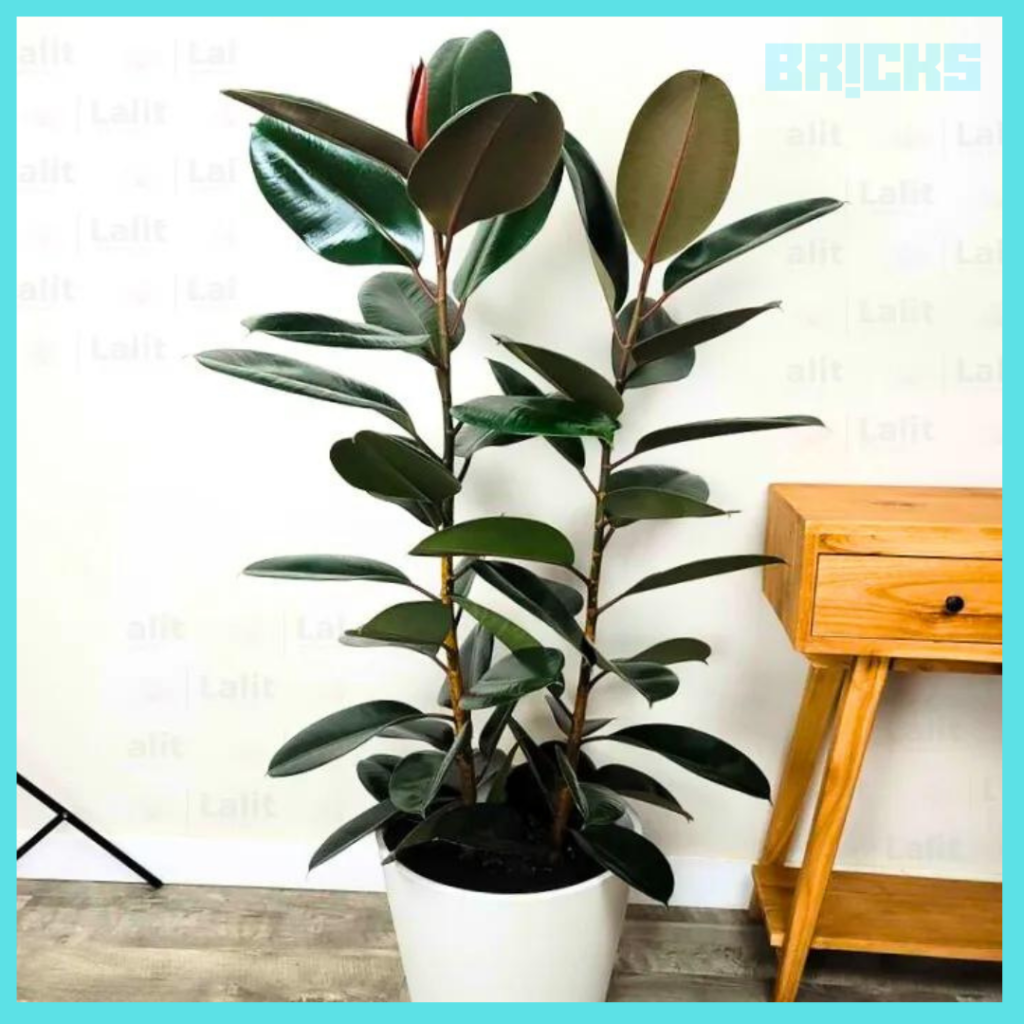
The Mesoamerican people used the plant circa 1400 BC to produce bouncing balls. Its roots are used by locals in India to create live bridges across small rivers. But of days, the plant is most recognized for being a gorgeous houseplant with a creamy color, rich silky sheen, and excellent air-purifying properties.
Rubber Plant: Key Facts
| Common Name | Rubber Plant, Rubber Fig, Rubber Tree |
| Scientific Name | Ficus elastica |
| Family | Moracaea |
| Native Area | Southeast Asia, Southern China and Indonesia |
| Bloom Time | Throughout the Spring and Summer |
| Mature Size | Reaches 30 Feet Outdoors, 6-10 Feet Indoors |
| Soil Type | Well-Draining Soil, Rich in Organic Matter |
| Soil pH | Loamy, Slightly Acidic Soil (Between 5.5 and 7) |
| Toxicity | Toxic to Pets, Mildly Toxic to Humans |
How To Grow Rubber Plant?
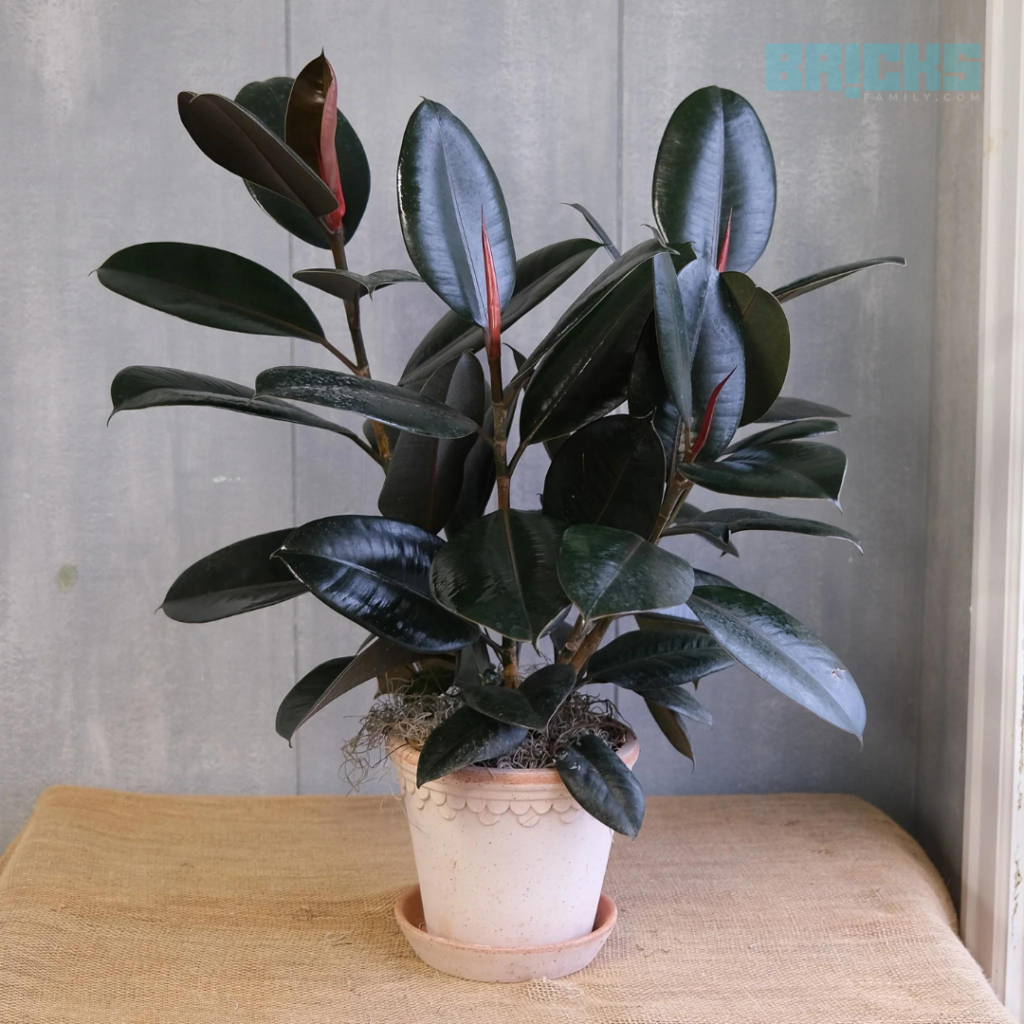
Follow these easy steps to plant a rubber plant at home:
Choose a pot that fits your plant’s root ball no more than one-third of the way around, then fill it up with rich potting mix. Make that the soil composition allows for adequate air circulation, water release, and drainage.
- Wear gloves in case the stem breaks because the plant’s milky latex can irritate your skin.
- Maintain the plant in the container with the top of the root ball around one inch below the rim. This will stop the soil from filling up too much when you water it.
•Refill the rootball with soil. - Fill the pot with water up to the point where moisture begins to evaporate.
- Place a saucer below the container and move the plant to its desired location.
- Because the plant develops quickly, repot it annually.
How To Care For Rubber Plant?
It is simple to grow rubber plants inside. You must, however, give it time to become used to the change and attend to these need.
- Light: Bright, indirect light is ideal for its growth. Store it in a window facing east. The strong afternoon sun can burn its leaves, so stay out of it. Even though it can withstand less light, vigorous stem development benefits from greater light.
- Soil: The rubber plant needs soil that is well-drained and has adequate aeration. For indoor plants, use a commercial potting mix that is all-purpose. Drainage requirements and moisture retention are balanced.
- Water: The leaves may begin to fall if they are submerged or overwatered. After letting the soil dry up a little, water it. Make sure the plant never becomes too dry or its leaves droop or wilt. Reduce the amount of irrigation during winter.
- Fertilizer: From spring to late summer, rubber plants become voracious eaters. To encourage robust growth, feed them a balanced mixture of rich plant nutrients. You only need one application for a maximum of four months. Fertilizer made of natural materials supplies a mild nitrogen that keeps the leaves glossy. During the winter, stop applying fertilizers.
- Pruning: To make the plant’s branches bushier, remember to trim them back by a few inches in the late winter. Remove any damaged or dead leaves at any time.
- Propagation: Rubber plants are easily multiplied from basic stem cuttings in the early spring because they develop aerial roots.
- Repotting: Every two or three years, rubber plants may outgrow their containers. Plant growth is limited by small pots. When moving, use a container that is a few inches bigger than your current pot.
Types of Rubber Plant
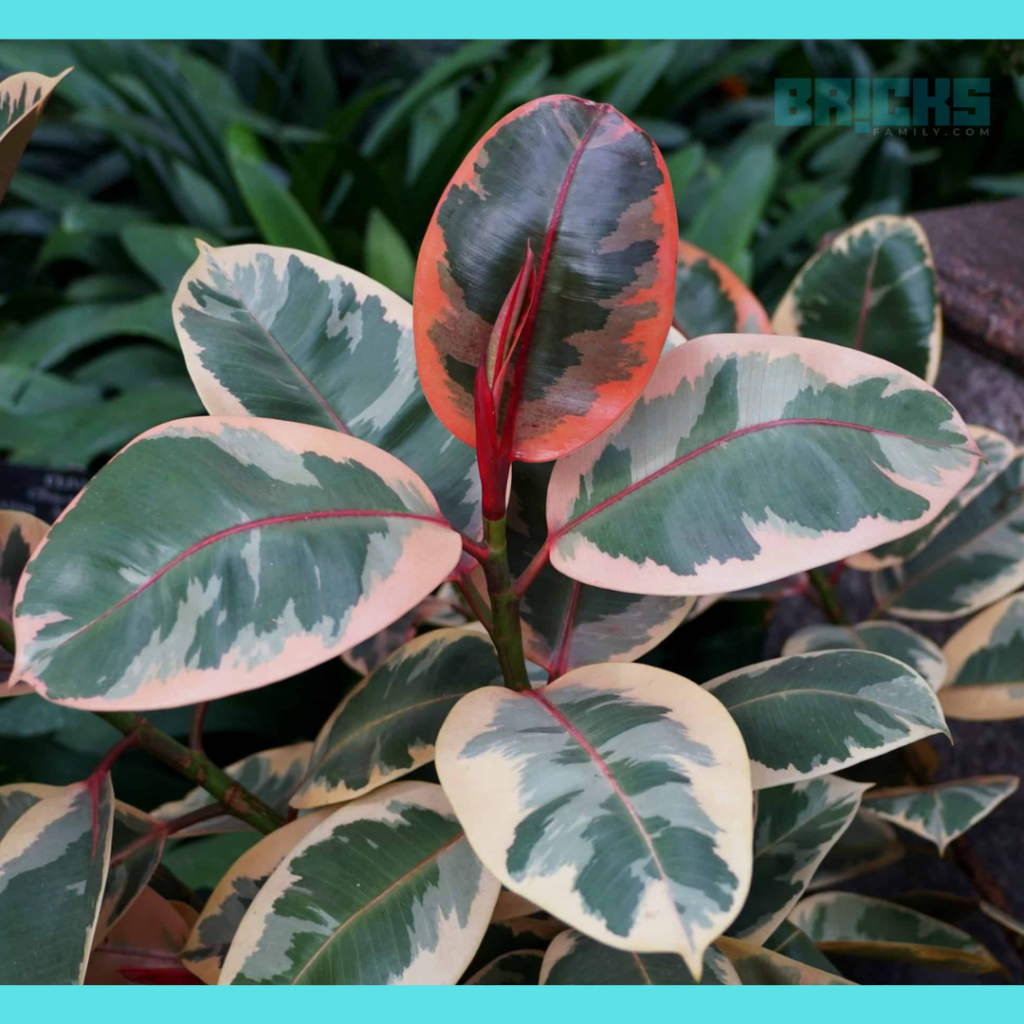
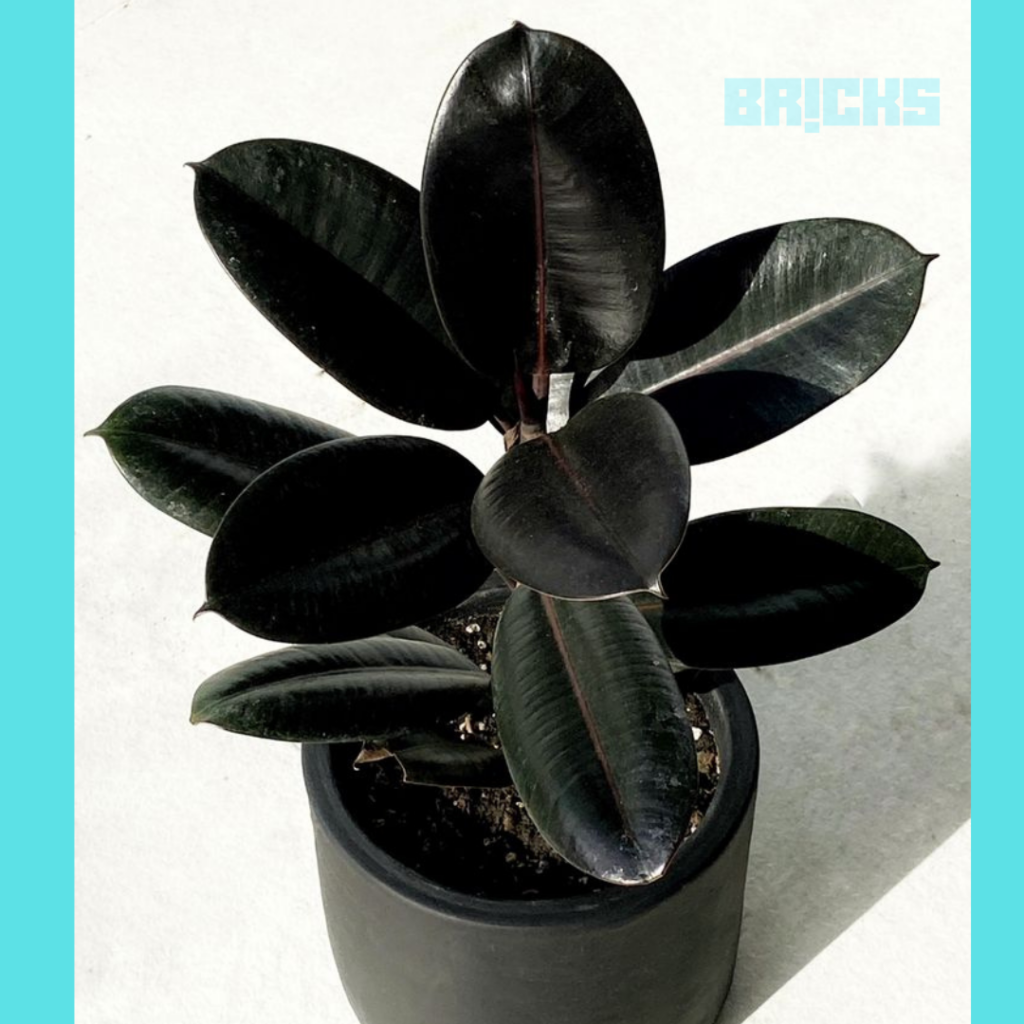
Rubber plants make great interior plants, and they perform well even under dim lighting. Here are a few intriguing types of rubber plants:
- Ficus elastica “Robusta” (Robusta): Large, leathery green leaves grows on this hardy cultivar of Ficus elastica.
- Ficus elastica “Tineke” (Tineke): This type of rubber plant has spotted leaves that are light and dark green in color, with pink stems and creamy edges.
Ficus elastica “Tricolor” is a kind of ficus that has thick, glossy, leathery leaves with a waxy coating. Its foliage has a stunning pink, green, and cream color scheme. - Decora (Ficus elastica “Decora”): Up to a foot long, the glossy, thick, dark green leaves of this rubber plant grow.
- Doescheri (Ficus elastica “Doescheri”): This plant has cream-white, narrow-edged, evergreen leaves that is blotched.
- Ficus elastica “Abdijan” (Abidjan): This type of rubber plant has leathery, deep reddish-green leaves with traces of green. Compared to variegated rubber trees, its leaves are significantly thicker.
- scarlet Ruby (Ficus elastica, “Red Ruby”): This plant has enormous, dark green leaves with pronounced stripes of purple, scarlet, and white.
- Burgundy (Ficus elastica “Burgundy”): This type of rubber plant has thick, deep foliage that ranges in color from burgundy to black, accompanied by crimson stems.
Ficus elastica, sometimes known as “Black Prince,” is a plant with dark green leaves that give the impression of being gloomy from a distance. - Ficus altissima “Yellow Gem”: This type of rubber plant has leathery, green-centered leaves with borders that are golden-green in color.
Benefits of Rubber Plant
Health Benefits of Rubber Plant:
Here are a few noteworthy health advantages of rubber plants:
- Air-Purification: By removing mold spores and germs from the air, rubber plants enhance air quality.
- Enhanced Humidity: Rubber plants produce moisture, which raises the humidity levels in arid areas.
- Improved Concentration: The plant’s verdant leaves provide a relaxing mental influence that reduces distractions and increases output.
- Stress Relief: Our mood and mental health are positively impacted by the rubber plant’s calming atmosphere. This enhances general wellbeing and lowers stress levels.
- Better Sleep: By eliminating pollutants from the air, the plant helps to purify the atmosphere, which enhances the quality of sleep.
Vastu Benefits of Rubber Plant:
The rubber plant is thought to bring wealth and good fortune home. These are a few of the rubber plant’s main advantages:
- Financial Prosperity: According to Vastu, placing a rubber plant in your home’s southeast orientation can bring wealth and good fortune.
- Better Relationships: Putting a rubber plant in your room’s southwest corner helps strengthen ties amongst family members.
- Protection: It’s said that rubber plants offer protection. Place it at the front door of your house or place of business to boost happiness and drive out negativity.
Summing Up: Rubber Plant
Gardeners and home decor designers love the rubber plant for its glossy, dark green foliage. It brings a ton of happiness and good fortune into the house and is an excellent choice for both air purification and beautiful plants. The rubber plant, given the right care, can thrive in the climate of India for nearly ten years. Bring it home, then, and let its brightness light up your home garden.
Also Read: Dianthus Flower Plant – How to Grow & Take Care of It?

